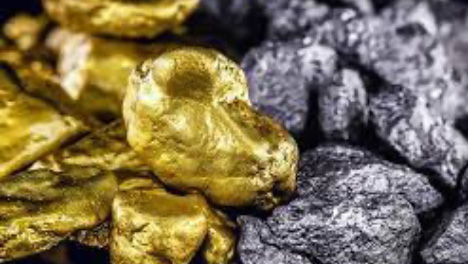Precious metals such as gold, silver, platinum, and palladium can be attractive investments for a variety of investors, but it’s important to understand the risks and potential benefits associated with investing in these assets. Short answer we believe everyone should own some, and others should own more, depending on your financial position and plans.
Investors who consider buying precious metals include:
- Diversification seekers: Investors who are looking to diversify their investment portfolios may consider investing in precious metals, as these assets can potentially provide a hedge against inflation and market volatility.
- Inflation hedges: Precious metals have historically been used as a hedge against inflation, as their value tends to rise when the purchasing power of currency decreases.
- Risk-averse investors: Investors who are looking for a relatively safe investment may consider investing in precious metals, as they are tangible assets that can provide a sense of security and ownership.
- Long-term investors: Precious metals can be suitable for long-term investors who are willing to hold onto their investments for an extended period of time, as the value of these assets can fluctuate over shorter periods but tend to appreciate over the long term.
- Store of value – Precious metals have been used as a store of value for thousands of years. They have maintained their purchasing power over time, and can act as a hedge against inflation and currency devaluation.
- Portfolio diversification – Precious metals can provide diversification benefits to a portfolio. They often have a low correlation with other asset classes like stocks and bonds, which can help reduce overall portfolio volatility and improve risk-adjusted returns.
- Safe haven – During times of economic uncertainty or market volatility, precious metals can serve as a safe haven asset. They are often seen as a defensive investment that can protect against losses in other asset classes.
- Industrial use – Precious metals like silver, platinum, and palladium have a variety of industrial uses. For example, they are used in electronics, medical equipment, and catalytic converters. This can create demand for these metals and potentially drive up their prices.
- Tangible asset – Precious metals are a tangible asset that you can physically hold and store. This can be appealing to investors who are looking for a tangible asset that can be easily bought and sold.
- Means of Barter & Trade: Precious metals have been used as money for barter and trade for 1000’s of years.
- Stackers: those who aim to collect and hoard metals for future use and stability should a financial currency crisis unfold and fiat currency looses value do to hyperinflation or change in world reserve currency. Also, some prefer to keep some of their wealth off the grid.
It’s important to note that investing in precious metals does carry some risks, such as market volatility, potential price manipulation, and the risk of theft or damage for physical bullion. Investors should also be aware of the costs associated with acquiring and storing physical bullion, as well as the risks and potential costs associated with trading in paper derivatives of bullion.
As with any investment, it’s important to carefully consider personal investment goals, risk tolerance, and other individual factors before deciding whether to invest in precious metals. It’s also recommended to seek the advice of a professional or do thorough research before making any investment decisions.
